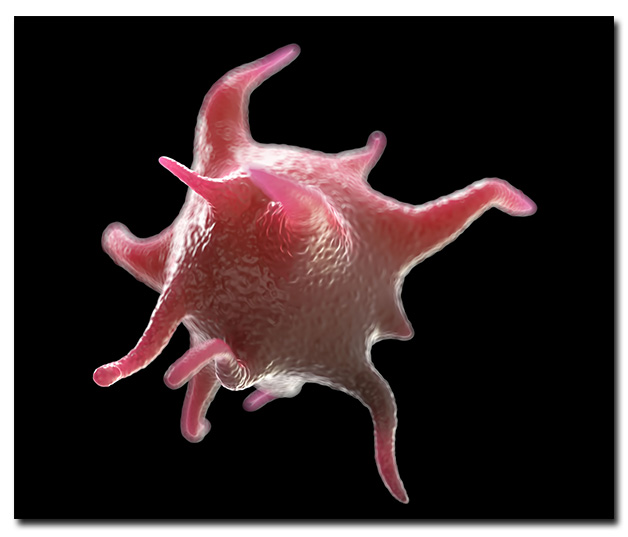WHAT ARE PLATELETS?

OVERVIEW OF PLATELETS & THEIR FUNCTION
WHAT ARE PLATELETS?
Platelets, also known as thrombocytes are small irregularly shaped clear cell fragments that stimulate cellular growth. German anatomist Max Schultze first described platelets in the mid-1800s. Platelets are formed by fragmentation of megakaryocytes in bone marrow and function in helping the body form blood clots. The lifespan of platelets is usually between 8 to 12 days.
WHY ARE PLATELETS IMPORTANT?
If one of your blood vessels gets damaged, it sends out signals that are picked up by platelets. The platelets then rush to the site of damage and form a plug, or clot, to repair the damage.The process of spreading across the surface of a damaged blood vessel to stop bleeding is called adhesion—when platelets get to the site of the injury, they grow sticky tentacles that help them adhere. They also send out chemical signals to attract more platelets to pile onto the clot in a process called aggregation.
WHAT IS A HEALTHY PLATELET COUNT?
A normal platelet count ranges from 150,000 to 450,000 platelets per microliter of blood. Having more than 450,000 platelets is a condition called thrombocytosis; having less than 150,000 is known as thrombocytopenia. You can get your platelet number from a routine blood test called a complete blood count (CBC).
LOOKING FOR A PRP DOCTOR?
Search our nationwide directory now.


